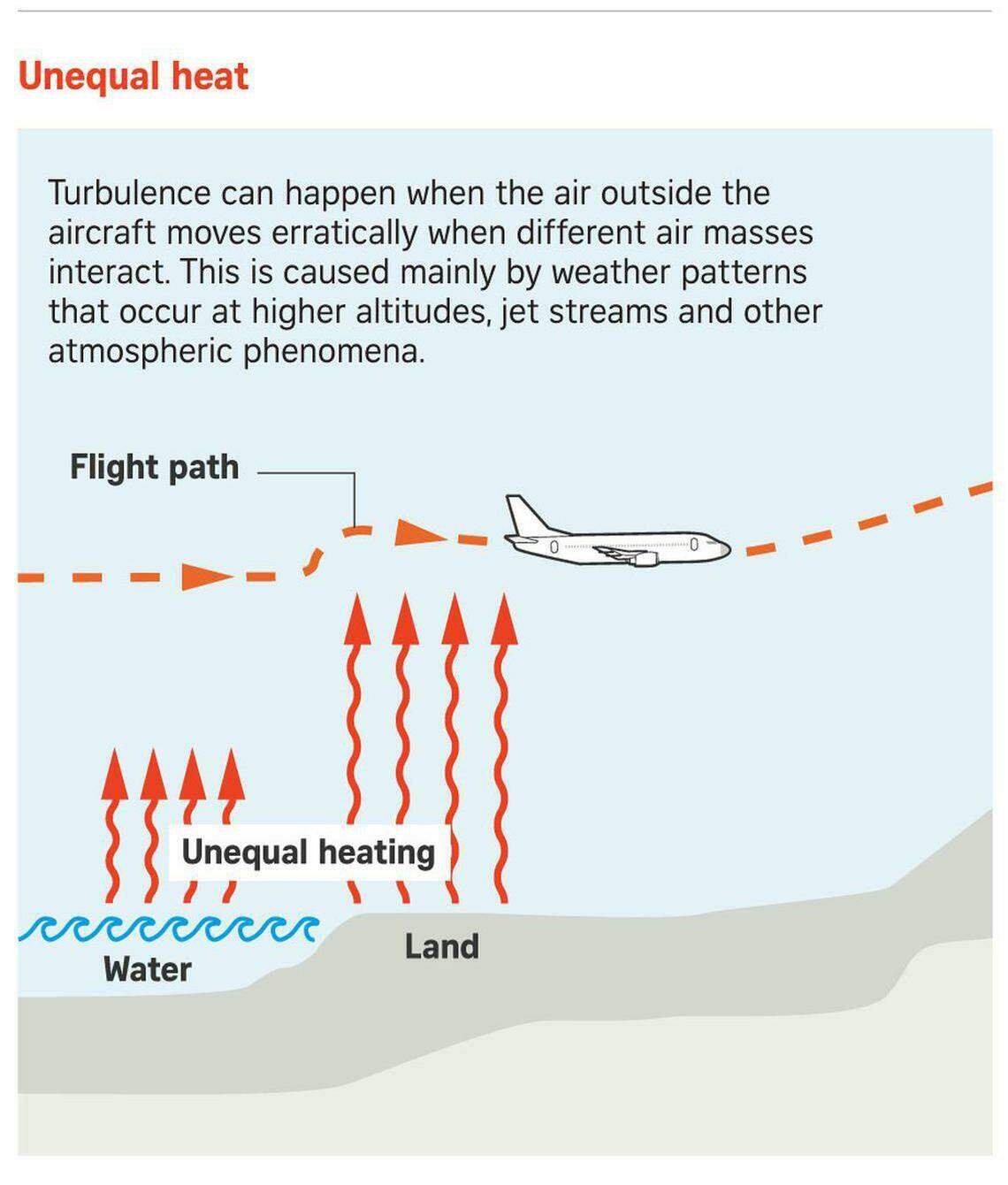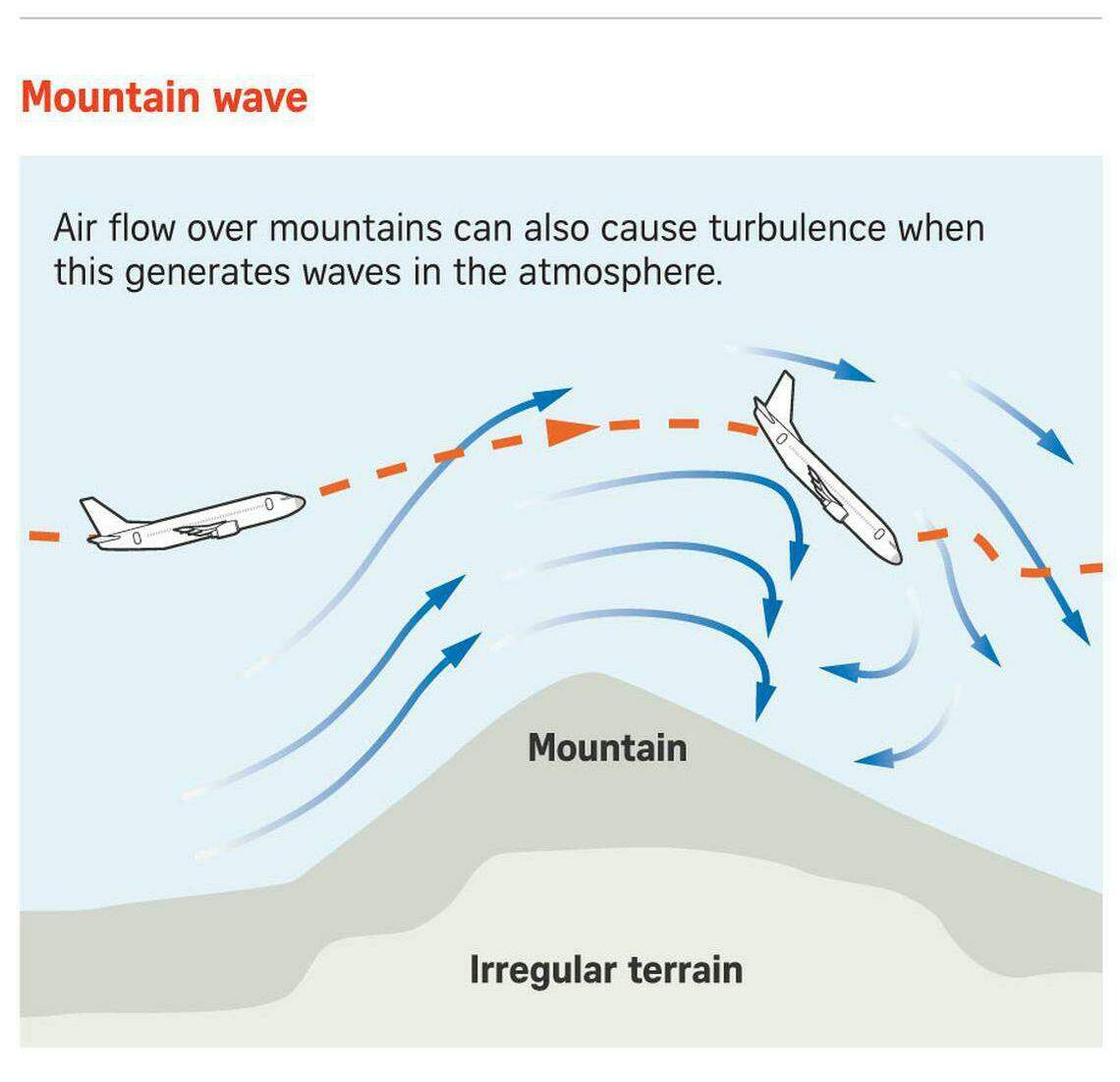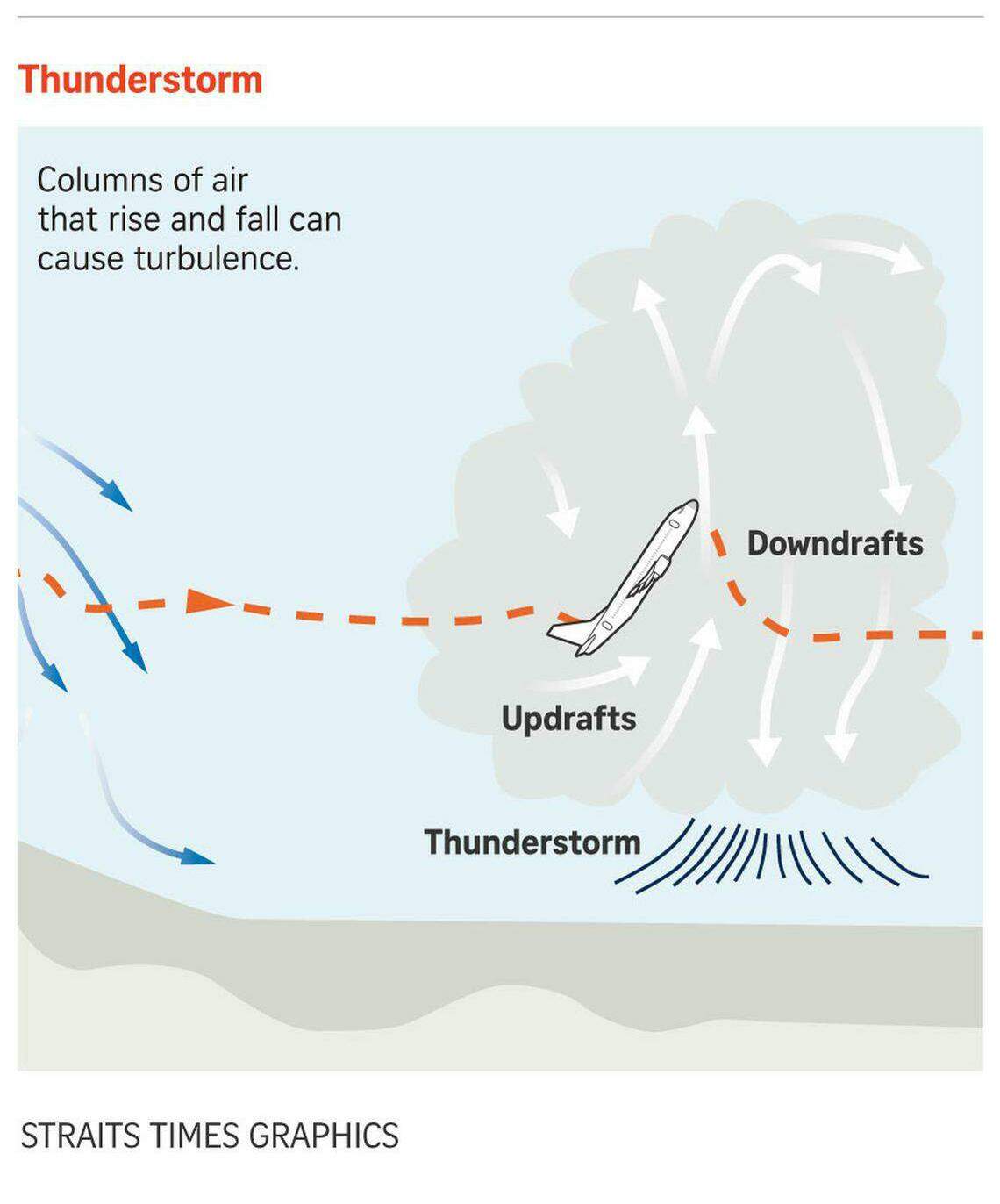INVESTIGATIONS have been launched into a Singapore Airlines (SIA) flight that hit sudden, extreme turbulence on May 21, leaving one passenger dead and dozens injured.
The incident on Flight SQ321, which was diverted to Bangkok in Thailand about 10 hours after leaving London, is SIA’s first fatal aviation accident since the SQ006 crash in Taiwan in October 2000, which killed 83.
According to public records, there have been six other times in the last 20 years that Singapore’s Transport Safety Investigation Bureau (TSIB) and its forerunner, the Air Accident Investigation Bureau, have looked into flights hit by turbulence.
The TSIB, a department of the Ministry of Transport, investigates air accidents and incidents in Singapore, as well as those overseas involving Singapore-registered aircraft or aircraft run by a Singapore operator.
All six turbulence cases TSIB investigated involved SIA flights and were classified as aviation accidents, as they each resulted in at least one passenger or crew member suffering a serious injury.
Here is a look at these accidents.
GET BT IN YOUR INBOX DAILY
Start and end each day with the latest news stories and analyses delivered straight to your inbox.
Jan 18, 2019
A female passenger aboard an SIA flight from Melbourne, Australia, to Wellington, New Zealand, broke her right thigh bone after the Boeing 777-200 aircraft momentarily lost altitude during a bout of turbulence.
About an hour and 15 minutes after departure, the plane hit mild clear air turbulence during meal service, before it experienced stronger turbulence 20 minutes later.
Clear air turbulence is caused by changes in wind speed, air temperature or pressure over short distances where there are no visual warnings.
The injured passenger, who had been on her way back to her seat after visiting her daughter a few rows away, was lifted off the cabin floor. She told investigators that the “fasten seatbelt” signs were not turned on, but flight recorder data indicated otherwise.
Due to the nature of her injury, the passenger had to remain lying in the aisle while the plane landed in Wellington.
The TSIB recommended that SIA develop contingency plans for situations in which people on board a flight cannot be seated and secured during landing.
Aug 1, 2017
About 10 minutes after take-off, a Bangkok-bound SIA flight encountered moderate to severe turbulence lasting three to five seconds. This was while the Boeing 777-200 flew through the edges of some scattered clouds.
A passenger walking back to his seat after using the toilet fractured his right foot. Two cabin crew had hairline fractures on their heels, and three other crew sustained minor injuries.
The cabin crew were serving meals or preparing meal carts.
Investigations found that the pilots were aware of bad weather building up, and asked to deviate from their planned flight path. But air traffic control allowed them to make only an incremental change in direction because of the busy airspace.
The pilots switched on the “fasten seatbelt” sign out of caution, about 28 seconds before turbulence hit, but the cabin crew did not notice the sign was on. The probe could not establish the reason why.
Jun 18, 2015
While descending into Singapore, a double-deck SIA Airbus A380 flying from Hong Kong encountered turbulence for about two seconds as the plane flew past a cloud that the pilots had been avoiding.
The weather radar did not suggest anything significant around the plane’s path, apart from some isolated clouds. The pilots did not think much of the incident.
It was only later that they realised three cabin crew on the upper deck fell because of the turbulence. One of them fractured her right foot.
Investigators said the incident served as a reminder that pilots should constantly monitor weather radar information and deviate their aircraft from any adverse weather as much as practicable.
Oct 18, 2014
Severe turbulence on an SIA flight from Singapore to Mumbai caused some passengers and crew to be thrown towards the cabin ceiling.
As the Airbus A380 approached Mumbai Airport, the pilots saw cumulonimbus clouds, which are associated with thunderstorms and adverse weather. They diverted the plane away, and turned on the “fasten seatbelt” sign.
While the descent was initially smooth, the plane soon hit light to moderate turbulence. One pilot made an announcement for cabin crew to be seated, but almost immediately after that, the aircraft encountered severe turbulence lasting about two seconds.
Investigators said this was most likely a case of clear air turbulence, given that there were no clouds in sight and no sign of adverse weather on the radar.
A passenger who was seated but not belted up was hurt in the rib area. Another passenger who was leaving the toilet had a dislocated right shoulder and a cut in the stomach area.
A cabin crew member had a fractured wrist, while another had a fractured rib cage. A number of other passengers had minor injuries. Most had been in the toilet, queuing for the toilet, or around their seats.
Oct 17, 2011
Three hours into a flight from Shanghai to Singapore, an SIA Boeing 777-300 aircraft experienced sudden turbulence lasting eight seconds while cruising at 35,000 feet over Vietnam.
The plane dropped about 100 feet, injuring 16 passengers and five cabin crew. All injuries were minor except for a rib fracture suffered by one passenger.
According to investigations, the pilots saw clouds in their flight path and deviated to the left to avoid them, but the plane still hit severe turbulence. The flight was otherwise smooth and the weather outside looked clear.
Investigators said two SIA Boeing 777-300ER planes – the ER variant has an extended range – in the vicinity fitted with more advanced weather radar systems were able to avoid the clouds by a wider margin, as they were able to spot a much more severe weather cluster.
Jun 28, 2004
An SIA Boeing 777-200 headed to Nagoya, Japan, from Singapore hit moderate to severe turbulence over the South China Sea, leaving a cabin crew member with broken wrists and a cut above his left eye.
During the flight, there were constant bouts of light turbulence, and the “fasten seatbelt” sign was left on after meal service as the pilot did not want to disturb passengers during the night flight.
About three hours into the flight, more severe turbulence struck. This was while the pilots were navigating through a clear space between two areas with clouds and moisture.
The pilot flying the plane felt it prudent to get the crew seated, and he switched the “fasten seatbelt” sign off and on again to create a “double chime”, a signal to the crew. He did not make an announcement.
It was found that cabin crew members heard only one chime and thought it was a precaution, or that there was only light turbulence ahead. This was the case for the injured cabin crew member, who was thrown airborne.
SIA later said it would review its procedures for turbulence. Investigators also recommended SIA make clearer its instructions on what to do during sudden turbulence. THE STRAITS TIMES







